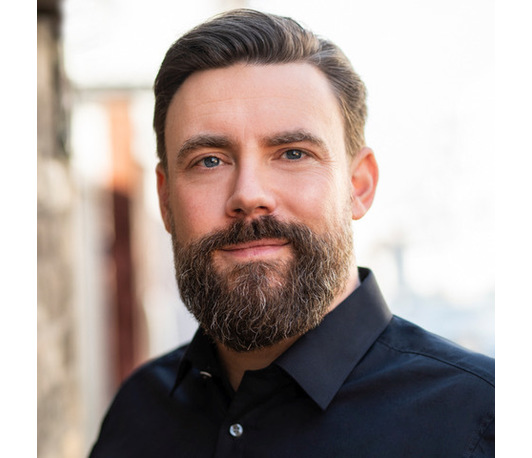Transcranial Ultrasonic Stimulation (TUS) for non-invasive deep brain neuromodulation
- Datum: 23.01.2025
- Uhrzeit: 14:00 - 15:00
- Vortragende(r): Prof. Dr. Til Ole Bergmann
- 1) Neuroimaging Center (NIC), Focus Program Translational Neuroscience (FTN), Johannes Gutenberg University Medical Center, Mainz, Germany 2) Leibniz Institute for Resilience Research (LIR), Mainz, Germany
- Ort: Max-Planck-Ring 11, MPI for Biological Cybernetics
- Raum: 0A01
- Gastgeber: Pascal Fries (Tim Näher)
- Kontakt: tim.naeher@tuebingen.mpg.de

Bio:
Prof. Dr. Til Ole Bergmann is a Professor of Neurostimulation and
deputy head of the Neuroimaging Center (NIC) at the Johannes Gutenberg
University Medical Center in Mainz, Germany, as well as a group leader
at the Leibniz Institute for Resilience Research (LIR). Dr, Bergman
investigates the function of neuronal oscillations in sleep and
wakefulness, memory, and attention. The methodological focus of his
research group (www.tobergmann.de) is on the simultaneous combination of
non-invasive brain stimulation techniques such as transcranial
magnetic, electric, and ultrasonic stimulation (TMS, tES, TUS) with
neuroimaging (fMRI) and electrophysiology (EEG) and the development of
novel approaches, such as real-time EEG-triggered brain state-dependent
brain stimulation. Dr. Bergmann has published >50 papers on
non-invasive brain stimulation (>6800 citations, h-index 34). He is
the chairmen of the “Best Practice” working group of the International
Transcranial Ultrasonic Stimulation Safety and Standards (ITRUSST)
consortium (https://itrusst.org), co-organizer and program committee
member of the Focused Ultrasound Neuromodulation (FUN) conference series
(2022-2024), and chairmen of the “Regulatory and Ethical Issues”
working group of the European Society for Brain Stimulation (ESBS). He
further serves as senior editor at Imaging Neuroscience
(https://www.imaging-neuroscience.org/) and has received the John
Rothwell Award for excellence in non-invasive brain stimulation research
in 2021. For publications see
https://scholar.google.nl/citations?user=IVdjmvsAAAAJ